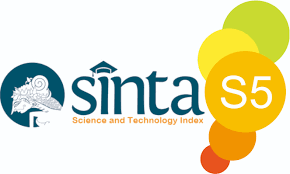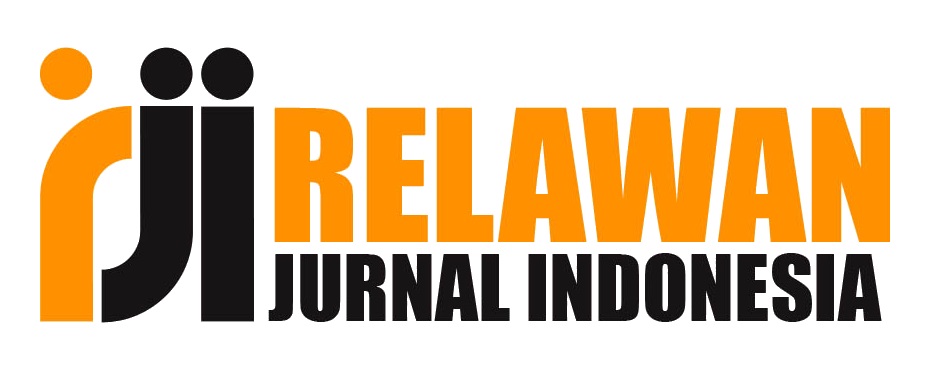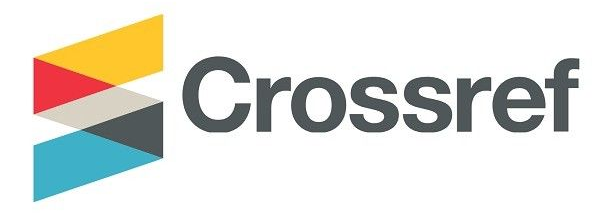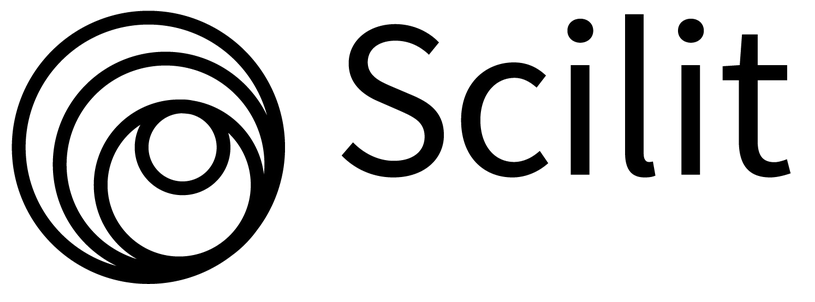Pengaruh Self-Efficacy Dan Occupational Information Terhadap Works Radinees Pada Mahasiswa Tingkat Akhir Universitas HKBP Nommensen Medan
DOI:
https://doi.org/10.53008/kalbisocio.v12i1.4477Keywords:
Self-efficacy, job information, work radiationAbstract
The research method used in this research is a quantitative method. The aim of the research is to determine the influence of self-efficacy and occupational information on work performance among final year students at HKBP Nommensen University, Medan. The types of data used are primary data and secondary data. With data collection techniques, namely a questionnaire distributed via Google to 93 respondents. The data analysis techniques used were instrument testing, classical assumption testing, multiple linear regression analysis, hypothesis testing, and the R2 determination coefficient with the help of SPSS 27. The results of hypothesis research using the self-efficacy variable t test (X1) obtained a calculated t value of (9.77) > t table of (1.66196) with a significance value of (0.00), so it can be concluded that the self-efficacy variable has a significant effect on work performance in final year students, and the variable Occupational information (X2) obtained a calculated t value of (13.137) > t table of (1.66196) with a significance value of (0.00), so it can be concluded that the occupational information variable has a significant effect on work performance in final year students. Meanwhile, the F test obtained a calculated f value of (94.712) > f table of (3.098) with a significance value of (0.00). It can be concluded that the self-efficacy and occupational information variables on work professions in final year students have a significant effect. The R2 coefficient of determination value was obtained at 0.671 (6.71%), which states that the self-efficacy and occupational information variables are able to explain the work radiation variable by 6.71% and the remaining 33.9% is influenced by other factors whose existence is unknown.









